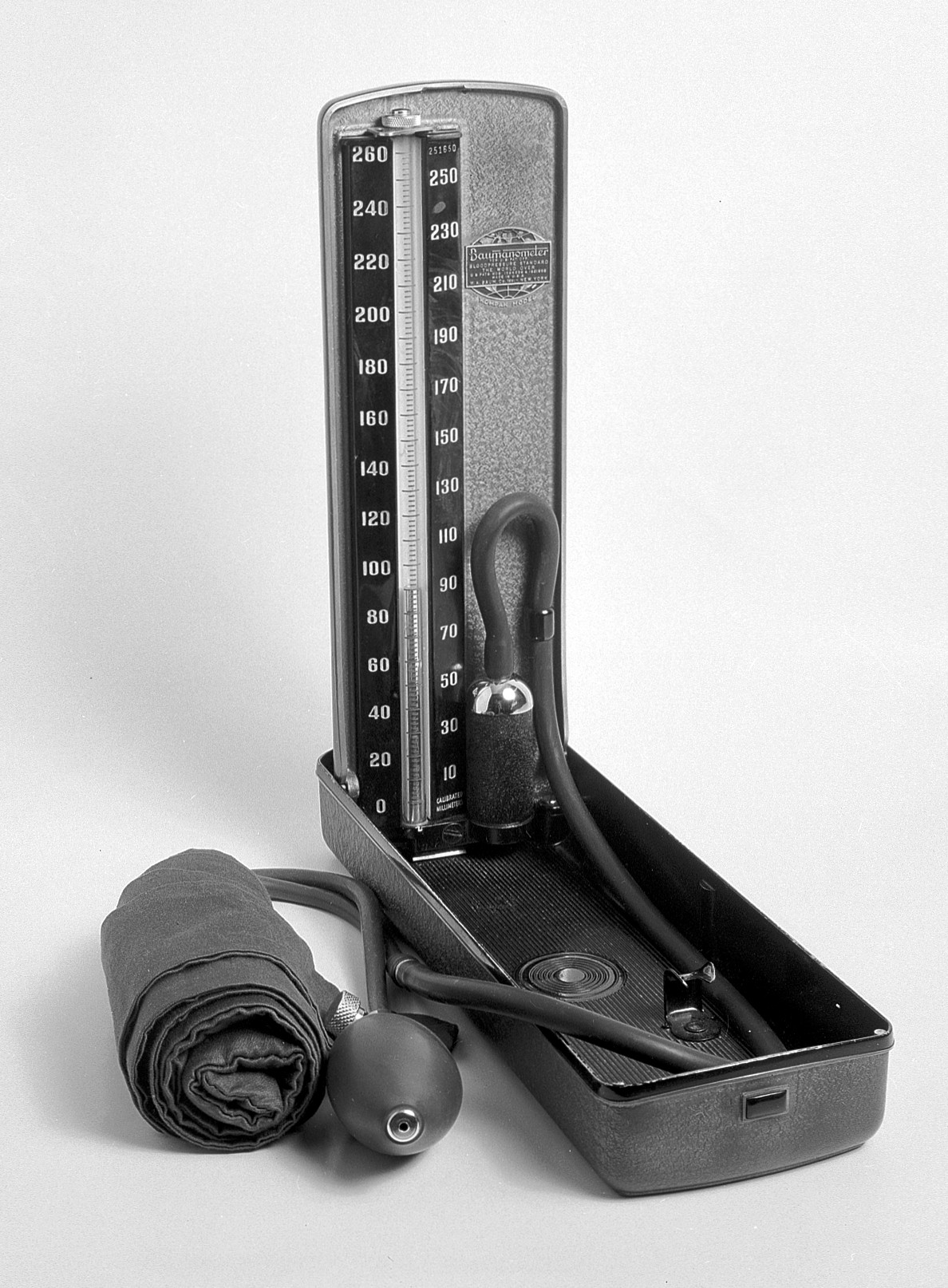Under Pressure Part 1
The Full Story
DOFPro Team

Under Pressure Part 1
Just The Facts
DOFPro Team

Under Pressure
Under Pressure Part 1
- What pressure is
- How you use it
- How you measure it
Under Pressure Part 2
- Atmospheric Pressure
- Barometric Pressure
- Gauge Pressure
- Absolute Pressure
- Vacuum Pressure.
What Is Pressure?
Why would you want
to measure pressure?
Pressure
\(\mathrm{Pressure} \equiv f_{\mathrm{normal}}/A\), with SI units of the Pascal (\(\mathrm{Pa}\))
\(1\ \mathrm{Pa} \equiv 1\ \mathrm{N}/\mathrm{m^2}\)
Other common units are the \(\mathrm{Torr}\) or \(\mathrm{mmHg}\), the atmosphere \((\mathrm{atm}),\) the kilopascal \((\mathrm{kPa})\), the \(\mathrm{bar}\), and the pound per square inch \((\mathrm{psi})\).
\[ \begin{aligned} 1\ \mathrm{atm} & = 1.01325\ \mathrm{bar} = 101.325\ \mathrm{kPa} = 101325\ \mathrm{Pa} \\ & = 760\ \mathrm{Torr} \\ & = 14.6959\ \mathrm{psi} \end{aligned}\]
In a swimming pool, how does the pressure change with depth?
Hydrostatic Pressure

\(h\)
\(D\)
\(A = \pi D^2 / 4\)
\(P_0\)
\(\rho\)
\(m = \rho A h,\ F = mg\)
\(\Delta P = \frac{mg}{A}=\frac{\rho A h g}{A} = \rho g h\)
\(P = \Delta P + P_0 = \rho g h + P_0\)
\(P\)
| Some Hydrostatic Pressure Units |
|---|
| \(\mathrm{mmHg}\) |
| \(\mathrm{inHg}\) |
| \(\mathrm{inH_2O}\) |
| \(\mathrm{ftH_2O}\) |
| \(\mathrm{mH_2O}\) |
What is a manometer
and how does it work?
Manometer

\(P_1 + \rho_\mathrm{A}g(h_2+h_1) = \rho_\mathrm{B}g h_1 + \rho_\mathrm{C}g h_2 + P_2\)
\(\Delta P = P_1 - P_2 = [\rho_\mathrm{B} h_1 + \rho_\mathrm{C} h_2 - \rho_\mathrm{A}(h_2+h_1)] g\)
For \(\rho_\mathrm{A}=\rho_\mathrm{C}\)
\(\Delta P= (\rho_\mathrm{B}-\rho_\mathrm{A})g h_1\)
What does a
sphygmomanometer
measure?
Sphygmomanometer (Blood Pressure Meter)
Example

\(P_\mathrm{Ar} = 1.493\ \mathrm{bar},\)
\(T = 68\ ^\circ\mathrm{F}\)
\(\rho_\mathrm{benzene} = 879\ \frac{\mathrm{kg}}{\mathrm{m^3}}\)
\(\rho_\mathrm{Hg} = 13,546\ \frac{\mathrm{kg}}{\mathrm{m^3}}\)
\(P_\mathrm{atm} = 1.000\ \mathrm{atm}\)
Solution

\(\Delta P = \rho g h\)
\(P_\mathrm{atm}+ \Delta P_\mathrm{piston} + \Delta P_\mathrm{C_6H_6} = \Delta P_\mathrm{Hg} + P_\mathrm{Ar}\)
\(101,325\ \mathrm{Pa}+\rho_\mathrm{piston}\ g\ (20\ \mathrm{cm})+879\ \frac{\mathrm{kg}}{\mathrm{m^3}}\ g\ (19.28\ \mathrm{ft})\)
\(=13,546\ \frac{\mathrm{kg}}{\mathrm{m^3}}\ g\ (7.480\ \mathrm{in})+149,300\ \mathrm{Pa}\)
\(\implies \rho_\mathrm{piston} = 11,500\ \frac{\mathrm{kg}}{\mathrm{m^3}}=11.50\frac{\mathrm{g}}{\mathrm{cm^3}}\)
Spreadsheet of Solution

The Takeaways
- Pressure is the second most commonly measured process variable.
- Hydrostatic pressure \(= \rho g h\).
- Manometers measure \(\Delta P\)’s with hydrostatic pressure.
Thanks for watching!
The Just The Facts companion video is in the link in the upper left. The next video in the series is in the upper right. To learn more about Chemical and Thermal Processes, visit the website linked in the description to find previous and following videos in this series.
The DOFPro Team

Thanks for watching!
The Full Story companion video is in the link in the upper left. The next video in the series is in the upper right. To learn more about Chemical and Thermal Processes, visit the website linked in the description to find previous and following videos in this series.
The DOFPro Team


